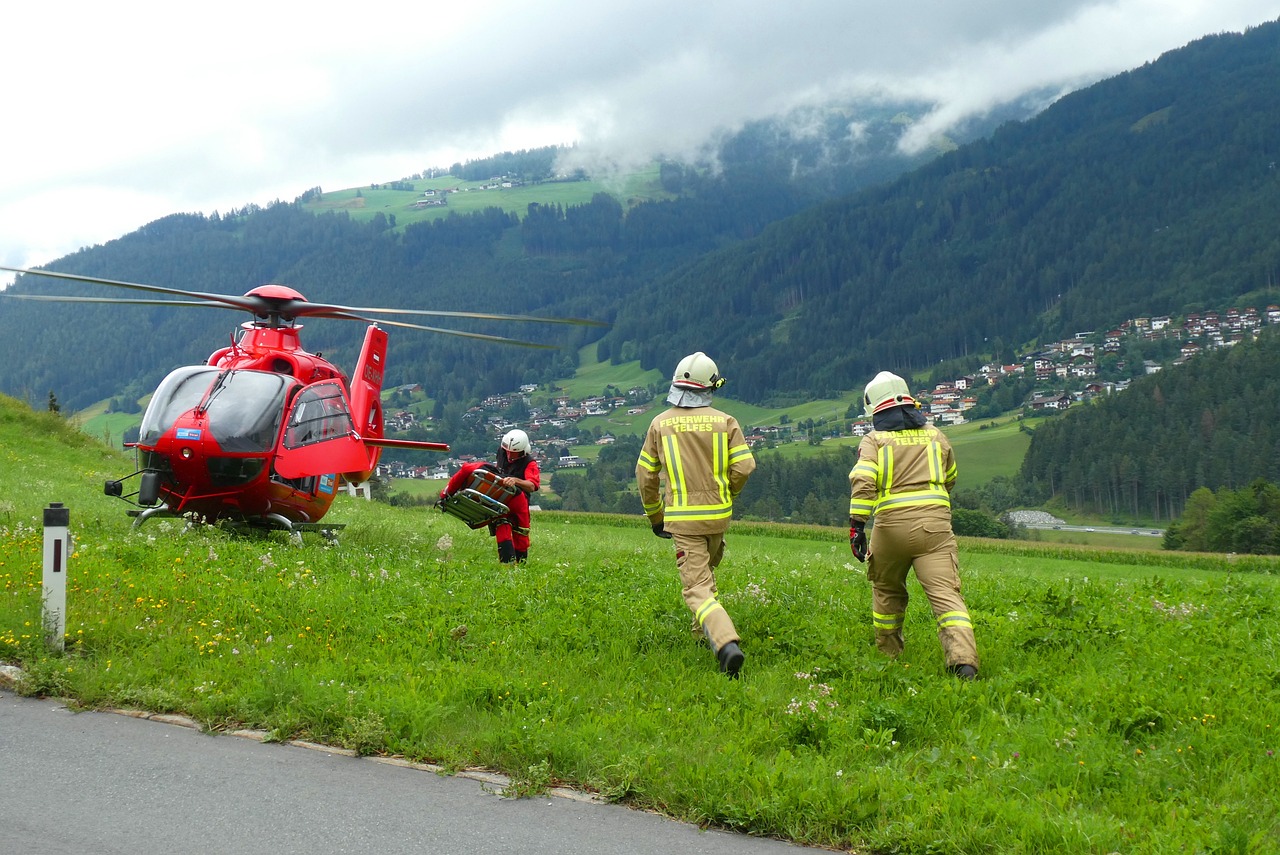This post is also available in:
 עברית (Hebrew)
עברית (Hebrew)
A team composed of a fully autonomous unmanned aerial vehicle (UAV) and a search and rescue canine demonstrated a unique collaboration without intervention from a human handler to conduct a simulated search and rescue mission.
Working together, the autonomous system and the canine can dramatically increase the team’s mission effectiveness. In this case the UAV, with a birds-eye view of a landscape and powered by artificial intelligence for locating objects in its scene, can guide the sentient canine teammate that has an unmatched sense of smell in locating survivors.
The ground-breaking research was conducted for the Defense Advanced Research Projects Agency (DARPA) Information Innovation Office (I2O), by Scientific Systems Company (SSCI).
TAA develops predictive models of non-authoritative teammates – in this case a canine – that respond to only limited types of commands, enabling novel teams consisting of both autonomous agents and sentient teammates to effectively and efficiently work together. TAA-enabled teams can combine the advantages and capabilities of autonomous systems, like UAVs, with the unique strengths of sentient teammates for which there is no technological substitute.
While conventional Search and Rescue canines require a human handler to provide instructions to the canine, the TAA-enabled team used the UAV to command the canine directly, without need for intervention or direction from the canine’s handler. In other words, the UAV was not being used as a mere direct relay of commands from the handler to the canine.
Here, the UAV was, in fact, taking safety informed objectives from the handler and translating those into direct actionable commands, based on the scene the UAV observed. During this demonstration, the TAA system was successfully used by the FOCUS UAV to navigate the canine, command it to begin a search, and identify the canine’s alert behavior, cueing the FOCUS UAV to autonomously investigate the alert location.
The Search and Rescue canine was equipped with an electronic TAA vest, used to both broadcast audio commands to the canine from the UAV, and to provide the UAV with real-time data from the canine.
The handler played a supervisory role during the demonstration, ensuring the search and rescue mission was being conducted in an efficient and safe manner by the canine-UAV team.
This capability is not meant to replace the human handler. Instead, this technology could, in the future, allow a human handler to control a much larger pack of canines and UAV teams, ensuring improved and more responsive search and rescue results.
Prepared to dive into the world of futuristic technology? Attend INNOTECH 2023, the international convention and exhibition for cyber, HLS and innovation at Expo, Tel Aviv, on March 29th-30th
Interested in sponsoring / a display booth at the 2023 INNOTECH exhibition? Click here for details!


























